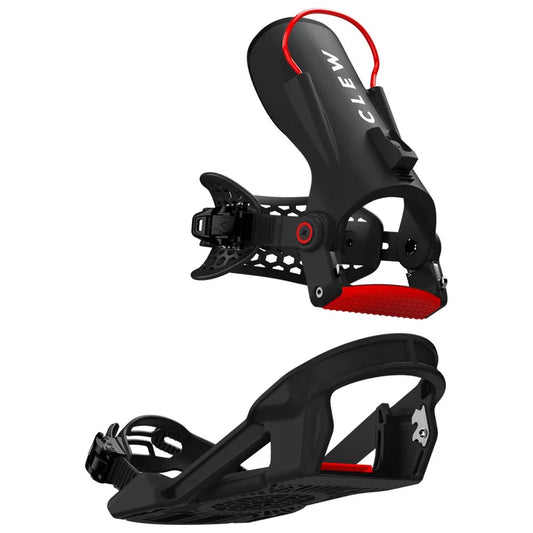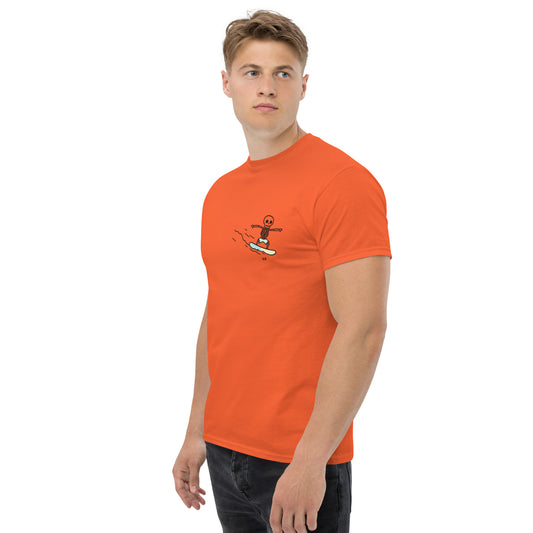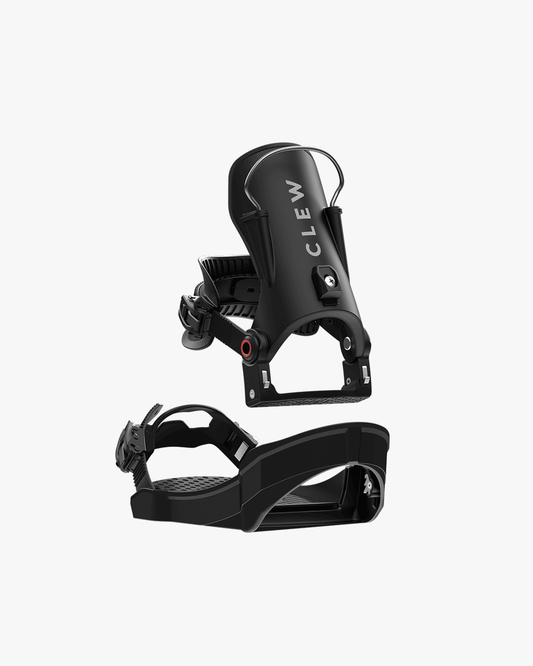
Introduction to Kitesurfing: Everything you need to know to get started in this extreme sport.
Share
This article is not just for beginners; it's highly recommended information for all of you.
Kitesurfing is an extreme water sport where the wind propels a power kite attached to your body via a harness, allowing you to ride waves (wave riding) or perform maneuvers in the air (freestyle). If you're an athlete looking to get started in this sport, here are some tips and information you need to get off on the right foot.
The history of Kitesurfing
Although there are records of some Chinese and Indonesian fishing communities using kites to pull their small boats as early as the 12th century, this sport officially dates back to 1977, when Gijsbertus Adrianus Panhuise patented a navigation system using a surfboard pulled by a parachute. Since then, kiteboarding, also known as flysurfing, has gained immense popularity thanks to its spectacular nature and accessible learning, and specialized schools have multiplied across the globe.

Is Kitesurfing a sport for you?
While you don't need to be a physical prodigy or in your prime to practice it, you do need to keep in mind that it's a risky sport, requiring a certain level of strength, endurance, and coordination. This also means that people with severe respiratory problems or cardiovascular problems should avoid it, because the adrenaline released significantly increases blood pressure and heart rate. It's also not recommended for those with serious or recurring shoulder or knee injuries, diabetics, or those who don't know how to swim, as any incident in the swamp or at sea could be doubly dangerous.
Benefits of Kitesurfing
In addition to the excitement and challenge of kitesurfing, this sport offers multiple benefits for the body and mind. Some of the most notable benefits are:
It combines aerobic exercise with toning your limbs and core, helping you control your weight, shape your figure, and gain physical strength and endurance.
Increase your coordination and balance.
Improves the immune system.
It allows you to gain speed when making decisions and resolving complicated situations.
It fosters respect for nature and offers you the opportunity to admire unique landscapes while exercising.
It releases adrenaline, making it a perfect anti-stress sport, as it acts on the brain, causing large doses of well-being.
It makes it easier for you to meet people with the same interests as you.
It allows you, even if only for a few seconds, to experience the sensation of flying.
Basic equipment for kitesurfing
The basic kitesurfing equipment should be adapted to both your size and skill level, as well as the type of riding you practice. However, it is generally recommended that beginners use a medium-sized kite, between 9 and 12 square meters, which allows for good maneuverability and control, but without generating excessive force. This is why courses are conducted with shorter lines.
Kitesurfing Strategic Freeride Hangtime 5 - 9M²
Board:
Kitesurfing is similar to windsurfing or surfing, but smaller and lighter, allowing for greater control and maneuverability. There are several types of boards, depending on the type of kitesurfing you practice, but for beginners, a medium-sized board with enough buoyancy to facilitate your first takes is recommended.
ORAO
Kitesurf Twintip 500 Carbon Board 136 x 40.5 cm
Harness:
The harness is the element that connects the kite to the kiter's body, and it's important that it be comfortable and secure to avoid back or leg injuries. There are different types of harnesses, depending on riding style and personal preference. For comfort and to prevent unstable riding, I recommend starting with a seat harness. Another recommendation is that it have a quick release system. Yes, not all harnesses on the market have an emergency release system.
SIDE ON
Side On black kitesurfing harness pants
Wetsuit:
A wetsuit is essential for protecting your body from the cold water and wind, as well as from potential bumps and scrapes in the water. It's important to choose a suit that's appropriate for the water and air temperature and allows for good mobility when performing maneuvers.
OLAIAN
Men's Cold Water Surf Wetsuit 4/3mm Front Zip 900 Black
Security:
In addition to basic equipment, it's essential to have a safety system that allows for quick release of the kite in an emergency. This includes a leash that connects the kite to the harness, a quick-release kite system, and a life jacket.
SIDE ON
KITESURF / LANDKITE / POWER KITE HELMET
TIPS FOR GETTING STARTED KITESURFING
Once you have the necessary equipment, it's important to follow a series of tips to get started in kitesurfing safely and effectively:
Take lessons with a certified instructor: Although kitesurfing may seem simple, it's a risky sport that requires proper technique and safety. Therefore, it's essential to have a certified instructor who can teach the techniques in a progressive and safe manner.
Choosing a suitable practice spot: It's important to choose a spot with plenty of space and no obstacles, such as trees, rocks, or buildings, that could impede the kite's takeoff or landing. It's also important to consider wind and water conditions and avoid practicing in areas with strong currents or on windy days.
Practice in a group: It's recommended to practice in a group, as this allows you to share experiences, learn from others, and have help in case of an emergency.
Observe safety rules: It's essential to observe safety rules, such as maintaining a safe distance from other kiters, avoiding riding in prohibited or unsupervised areas, and using the quick-release system in case of emergency.
Progress gradually: Kitesurfing requires proper technique and coordination, so it's important to progress gradually and avoid attempting complicated maneuvers from day one. It's better to gain experience and confidence before moving up.
Finally, always wear surfer clothes to fit in with the rest of the kiters 🤪🤙















